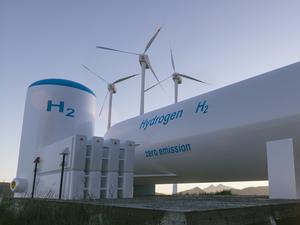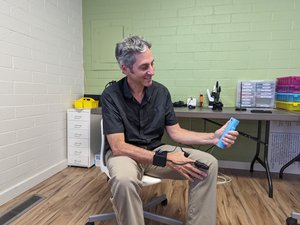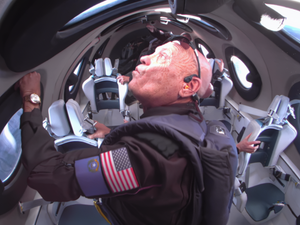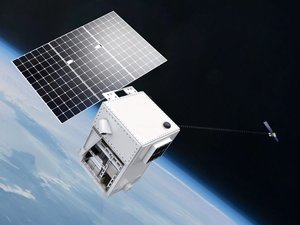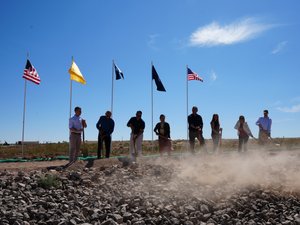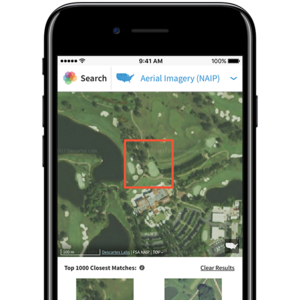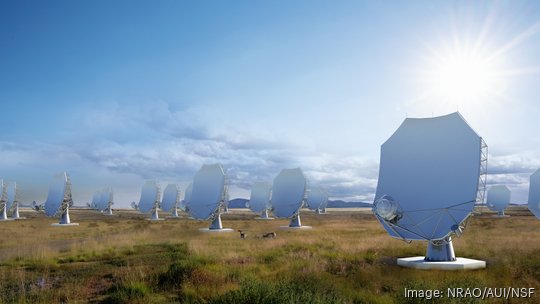
The National Radio Astronomy Observatory and Associated Universities Inc. are in the early stages of building a next generation of the Very Large Array, a series of 27 radio antennas spanning dozens of miles on the Plains of San Agustin in Western New Mexico. The University of New Mexico signed a memorandum of understanding with those two entities behind the new array in early September in a move that could see the university become a major player in global radio astronomy.
The more than two dozen existing antennas that make up the Very Large Array are over 40 years old. The array's next generation would replace those dishes with a brand new set of antennas — about 225 more dishes, specifically, said Eric Murphy, the NRAO's project scientist for the next-generation VLA.
About 80% of those nearly 250 new dishes would be located in New Mexico, Murphy said. Other dishes are planned to be located in West Texas, Eastern Arizona and Mexico.
The recently signed memorandum of understanding (MOU) marks a "milestone" for the National Radio Astronomy Observatory (NRAO) and the university's work together, said Chris Lippitt, the associate dean for research at the University of New Mexico (UNM) College of Arts & Sciences. Essentially, the MOU sets the foundation for collaboration between the NRAO and the university that could see UNM host the hundreds of professional radio astronomers who process information from the array, while sharing facilities and computing resources.
Historically, the engineers who maintain the array's antennas are based in New Mexico, but the team of scientists for the Very Large Array (VLA) work outside the state, Lippitt said.
"We started a conversation with them about how it would be much more advantageous for them to have their science team here, close to the instrumentation," he added regarding the NRAO. "Early conversations are very promising."
Lippitt said UNM and the National Radio Astronomy Observatory have worked together for the past couple of years to reach this point. While the next-generation array isn't projected to start full scientific operations until the mid-2030s, the scientists who would come to New Mexico to work on the new installation could set the tone for a new era of astronomical research at UNM.
"I expect, if we are able to get where we're aiming on this in terms of having NRAO physically on campus here with us, I expect us to change our astronomy program for the next 50 to 100 years at least," Lippitt said. "Because we're talking about 200 of the best radio astronomers in the world being able to advise our graduate students on committees, being able to teach a course once or twice a year, to instruct our students."
Having access to that level of expertise on campus could bring the potential for more funding through grants and proposals, more intellectual property and, eventually, more hiring of additional talent into New Mexico, Lippitt added.
Those benefits won't be realized for over a decade, even if the National Radio Astronomy Observatory meets its construction timeline. But the NRAO and Associated Universities Inc. — a nonprofit research management corporation based in Washington, D.C. — reached the next step in the VLA's progress thanks to a three-year, $21 million grant awarded to Associated Universities by the National Science Foundation, announced Sept. 14.
Once operational, it will have a "100-fold increase" on the current capabilities of the Very Large Array and the Very Long Baseline Array, which has 10 antenna sites as far as Hawaii and St. Croix, Murphy, the NRAO project scientist, said; it'll be 10-times more sensitive and come with 10-times higher angular resolution than the two existing arrays, he added.
"We're excited to just keep New Mexico at the center of radio astronomy," Murphy told Business First. "It is the global center of radio astronomy. We travel for work and when we go to other countries — you go to South Africa or India or something — when you talk to people, most of them have passed through Socorro.
"They've been to the U.S., they've not necessarily gone to New York City, but they've been to Socorro for the VLA," he continued.
NRAO first picked New Mexico as the site of its Very Large Array because of the state's elevation, climate and the large flat plateau that makes up the Plains of San Agustin, he said. The existing VLA is located about 50 miles west of Socorro.
Building the next-generation Very Large Array could cost north of $2 billion. Most of that funding will come from the U.S. government, Murphy said, but NRAO and Associated Universities are looking for international partners as well, he added.
Murphy said manufacturing the nearly 250 new antenna dishes is expected to happen in the U.S. Depending on what firms are awarded future construction bids, which would be released through the National Science Foundation, that work could be done in New Mexico, he added.
